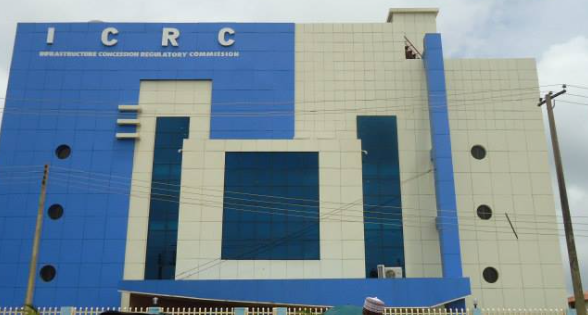The Centre for the Promotion of Private Enterprise (CPPE) says the July inflation report reflects the macroeconomic environment is stabilising.
On August 15, the National Bureau of Statistics (NBS) published its July inflation numbers, showing Nigeria’s headline inflation rate eased to 21.88 percent in July 2025, from 22.22 percent in June.
In a statement on Sunday, Muda Yusuf, chief executive officer (CEO) of the centre, noted that the inflation outcome presents a mixed picture for the Nigerian economy.
He explained that the data reflect improvements in major indicators but continuing risks require policy response.
Advertisement
“Month-on-month food inflation also moderated, falling from 3.25% in June to 3.12% in July, while core inflation posted marginal declines year-on-year (-0.03%) and a sharp slowdown month-on-month, from 3.46% to 0.97%,” Yusuf said.
“These developments reflect a gradually stabilizing macroeconomic environment, supported by exchange rate stability, improved investor confidence, and the lingering impact of import duty waivers on key staples such as rice, maize, and sorghum.
“The base effect, given the high inflationary conditions in 2022, has also been a strong factor in the recent downward trend.”
Advertisement
Despite the gains, he warned that pressures persist.
“Month-on-month headline inflation rose from 1.68% in June to 1.99% in July, while year-on-year food inflation inched up from 21.97% to 22.74%,” the CEO said.
“These movements underscore the continuing vulnerability of the economy to supply-side shocks.”
He said the outlook requires caution and ongoing reforms, stressing key priorities.
Advertisement
“Foreign exchange stability – sustaining calm in the FX market to anchor inflation expectations,” Yusuf noted.
“Structural reforms – addressing constraints such as high logistics and import costs, insecurity, climate risks, and port inefficiencies that elevate costs and sustain inflation.
“Fiscal discipline – ensuring prudent government spending and managing liquidity injections effectively to prevent fueling inflationary pressures.
“Monetary innovation – moving beyond conventional tightening tools (CRR, MPR) toward more creative measures to manage liquidity in the economy, given that the lending rate in the economy had risen above 30% for most businesses.”
Advertisement
Yusuf added that the July inflation report offers a basis for guarded optimism.
“While progress has been made in moderating headline and core inflation, the persistence of food and month-on-month price increases highlights unresolved structural weaknesses,” he said.
Advertisement
The economist emphasised that a coordinated blend of monetary, fiscal, and structural measures will be required to consolidate recent progress and guide the economy toward lasting stability.
Advertisement








